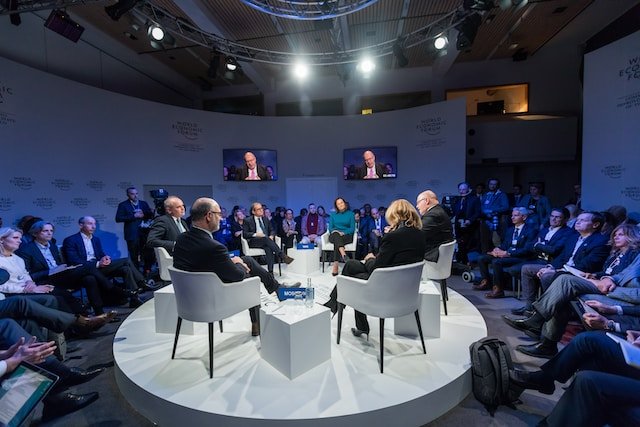The use of puppetry in drama performances
Puppetry is an ancient art that has been utilized in many cultures since time immemorial. In recent times, puppetry has become a popular tool for theatre performances, as it provides a unique and engaging way of bringing stories to life. In this article, we will explore the use of puppetry in theatre performances.
Improving Storytelling:
One of the primary advantages of puppetry in theatre performances is that it improves storytelling. Puppets are versatile and can be used to portray a multitude of characters and creatures, which can help to bring stories to life in a more engaging and interactive manner. Puppets can also be used to create a sense of whimsy and excitement, which can make performances more enjoyable for audiences of all ages.
Giving a Visual Representation:
Puppets can also provide a visual representation of characters and events, which can help audiences to grasp complex ideas and themes. By providing a physical representation of characters and events, puppets can make stories more accessible to audiences, especially those who might struggle to visualize events described in words alone.
Animating the Imagination:
Puppetry can also animate the imagination, both for performers and audiences. When performers use puppets, they are encouraged to think creatively and come up with new and imaginative ways of bringing stories to life. For audiences, watching puppetry can be a magical and captivating experience, as they are transported into the world of the story.
Providing a Safe Way of Exploring Sensitive Topics:
Puppetry can also provide a safe way of exploring sensitive subjects and themes. Since puppets are not real, they can be used to explore complex and difficult issues in a safe and controlled environment. This can be particularly valuable in educational settings, where puppetry can be used to facilitate discussions and promote learning.
Encouraging Collaboration:
Puppetry can also encourage collaboration among performers. Since puppetry requires teamwork and coordination, performers must work closely together to create a seamless performance. This can help to build camaraderie and promote cooperation among performers, which can be valuable both on and off stage.
Overall, puppetry is a valuable tool for theatre performances. By improving storytelling, providing a visual representation, animating the imagination, providing a safe way of exploring sensitive topics, and encouraging collaboration, puppetry can help to bring stories to life in a unique and engaging way. Therefore, puppetry should be embraced as an important tool for theatre performers of all ages and skill levels.
Are you looking for a fresh and exciting way to engage your school’s drama program or your child’s creativity? Try YouTube drama! It’s a fun and modern way for students to create and perform in their own videos. YouTube drama is flexible, convenient, and can even reach a wider audience. Plus, it teaches valuable skills like video production, editing, and storytelling. Click here to learn more about how YouTube drama can benefit your school’s drama program.







